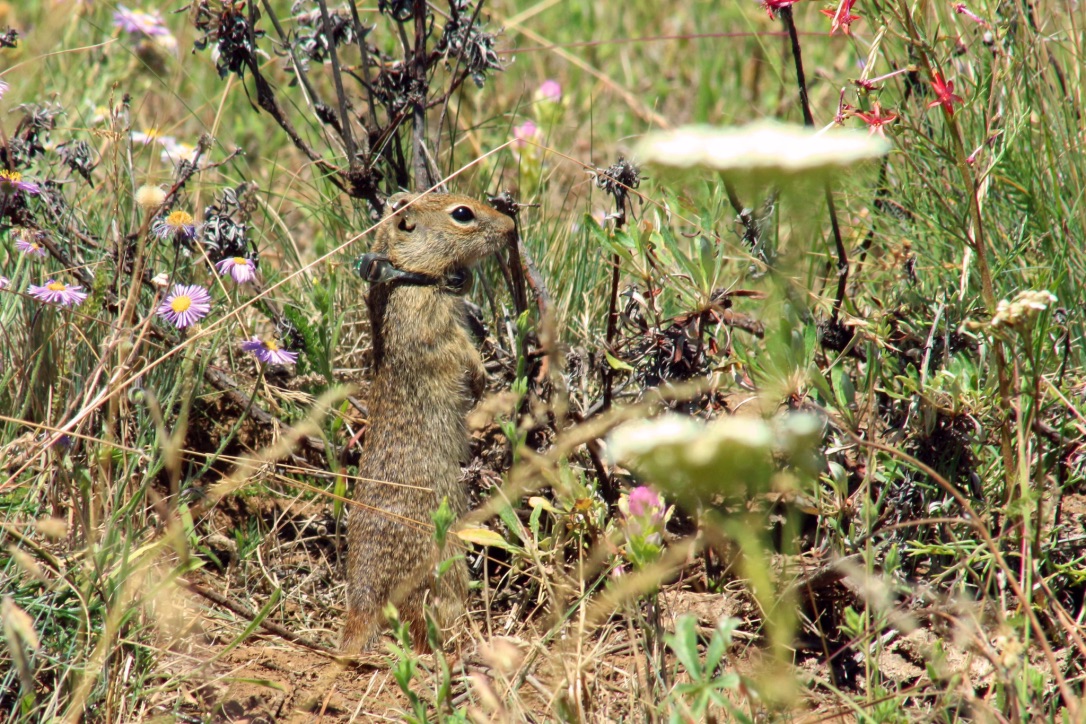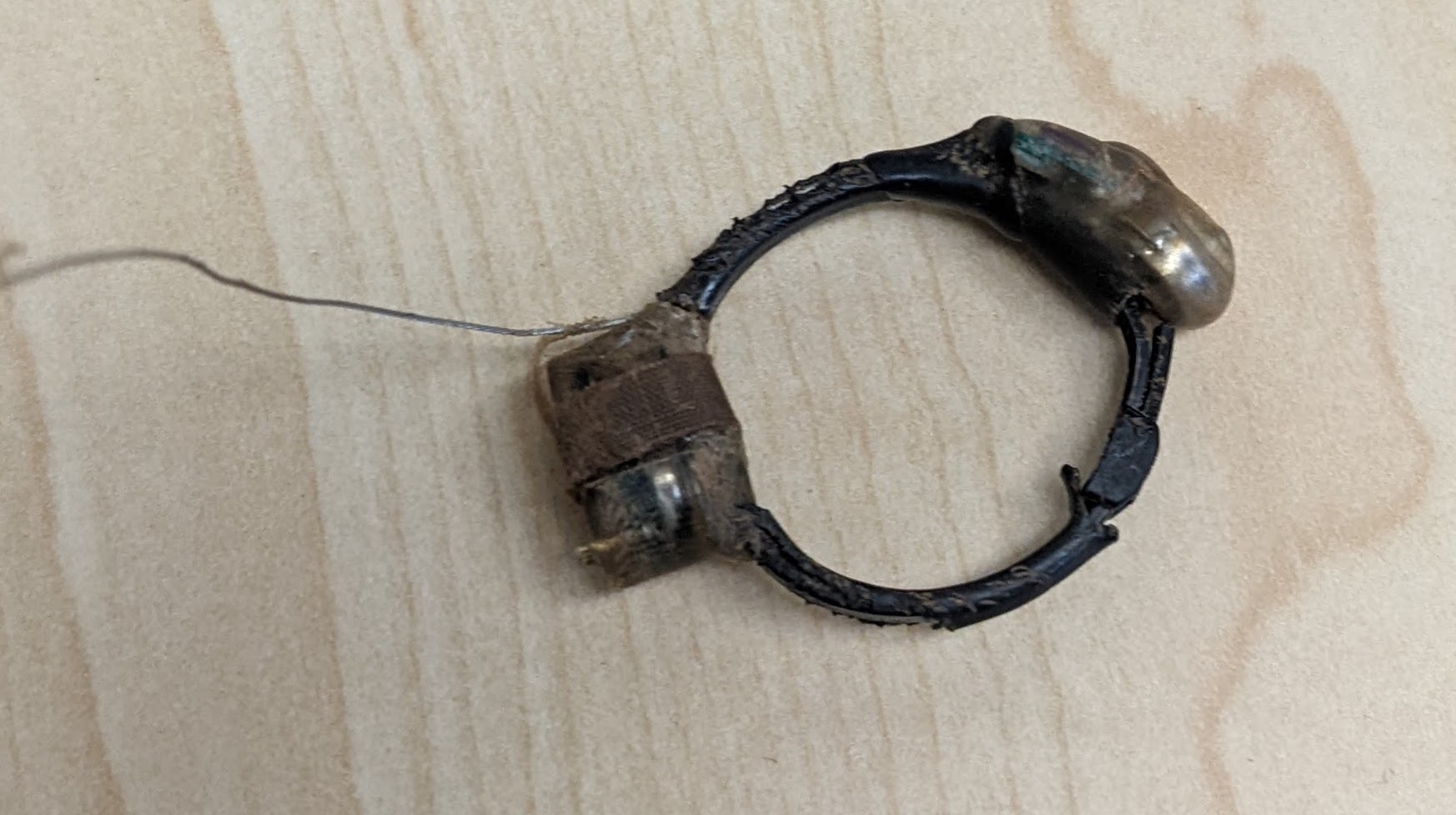
Peculiar Hibernation Habits of Endemic Idaho Ground Squirrels
May 2, 2023For the past six years, University of Idaho graduate student Alice Morris has spent the warm months in close quarters with the federally threatened northern Idaho ground squirrels – swabbing their cheeks, fastening radio collars around their tiny necks and collecting their fecal pellets to document what they eat.

When Morris and her research team return each spring to the squirrels' habitat in the remote wilderness west of New Meadows, they never know how many of the squirrels they collared last fall will survive to poke their heads up out of their hibernating dens (called hibernacula).
Hibernation is a relatively safe time of year for most animals, but for some of Morris' ground squirrels, it can be a near-death experience. Each year, about 14% of the squirrels have their hibernacula excavated by predators. Hungry badgers aren't all they must prepare for - sometimes, the squirrels' heartbeat, temperature or body weight drop so low that they die under the soil.
Because of these threats, it's important for these squirrels to choose a safe and warm location. Most of the northern Idaho ground squirrels live in open meadows, where they feast on vegetation and promote diversity by digging up and fertilizing the dry, rocky soil in the meadows. They also live relatively free from competition with their more aggressive, forest-living counterparts, the Columbian ground squirrels.
"Unbeknownst to anybody," says Principal Investigator Courtney Conway, the research crew has discovered that "right before they hibernate, some of them leave the safety of their summer meadow and migrate into the middle of the trees to dig their hibernacula. Why are they doing that? What’s the function?" Migrating into the forest is a long, dangerous endeavor for a tiny squirrel.
Morris is investigating these very questions about the squirrels' strange migration behavior for her graduate thesis research. Morris and Conway hope to discover why half of the squirrels choose to hibernate in the forest – is it warmer underground in the forest? Do forest logs provide some protection against predators? And why are only some, but not all, squirrels fleeing to the forest to hibernate? This is the first project of its kind that asks not just where the squirrels go to hibernate during winter but why.
Management agencies are particularly interested in these questions because, as Conway explains, Morris' research may suggest that we need to preserve key features of the surrounding forest to improve conditions for these rare squirrels, which is entirely opposite of previous conservation tactics. The U.S. Forest Service regularly thins trees in the area to prevent wildfire. "It's thrown their management paradigm on its head," says Conway.
Simply preserving the trees, however, may not be the answer.

"If we are thinning and burning forests," says Morris, "we might be taking away some structure on the landscape that the squirrels need to hibernate, and it might be that we find that it's not the trees or the canopy cover. It might be something else on the landscape like shrubs or deeper soil."
Morris has worked with squirrels longer than any of the other species she has studied: Northern Long-Eared Bats in Iowa, Greater Sage-Grouse in Utah, raptors in Montana, and Mottled Ducks in Florida.
This is the first project, she admits, "I don't know what I'm going to find through my thesis work. I don't have any guesses as to why one squirrel out in the meadow is hibernating there and the one that lives next door is traveling to hibernate somewhere else. That unknown is exciting to me."
By Kelsey Swenson
IIDS Scientific Writing Intern